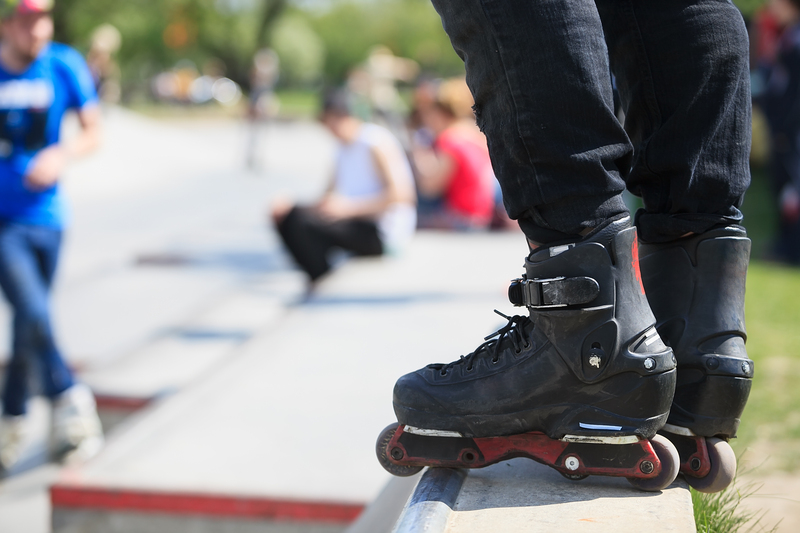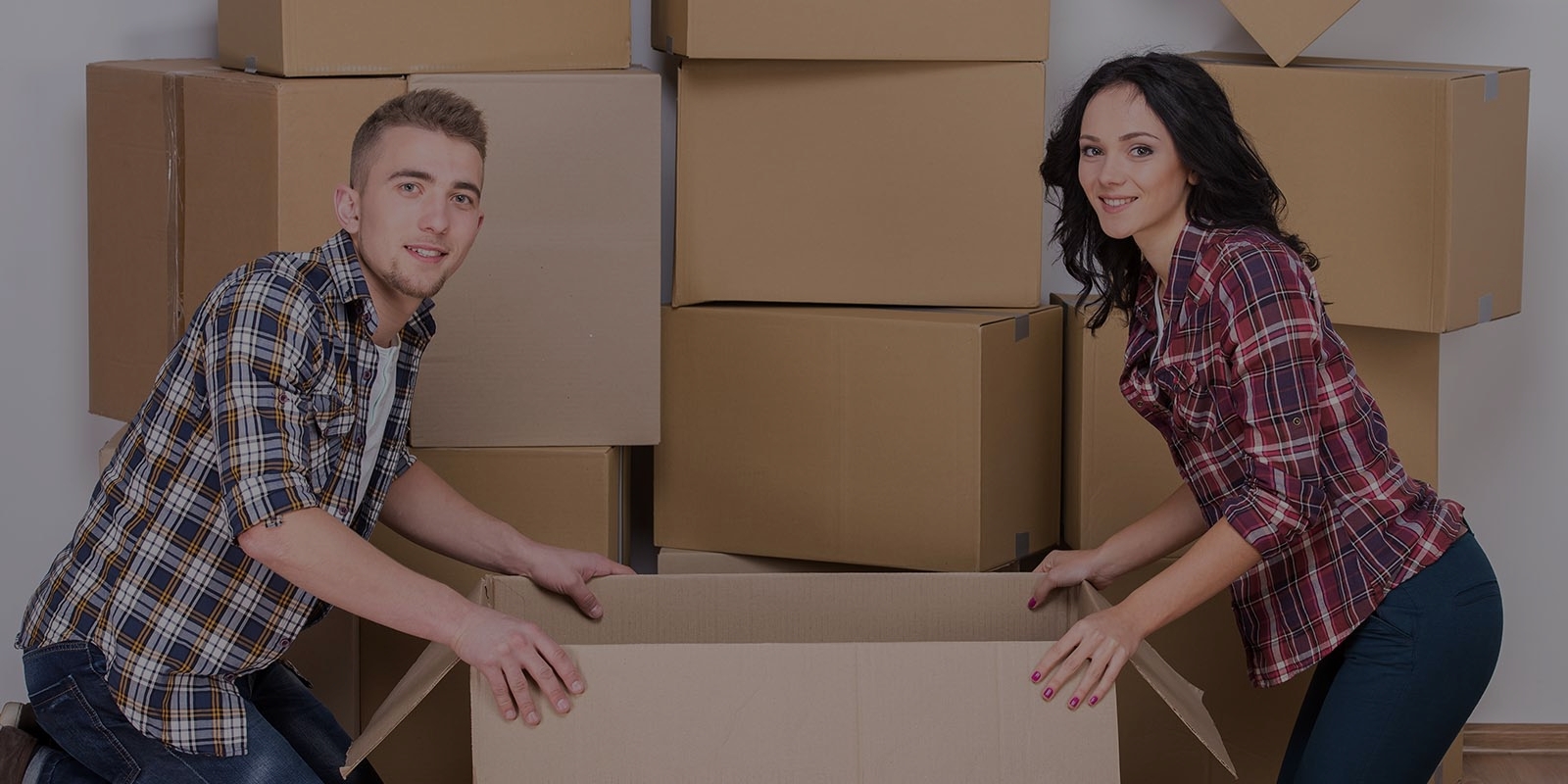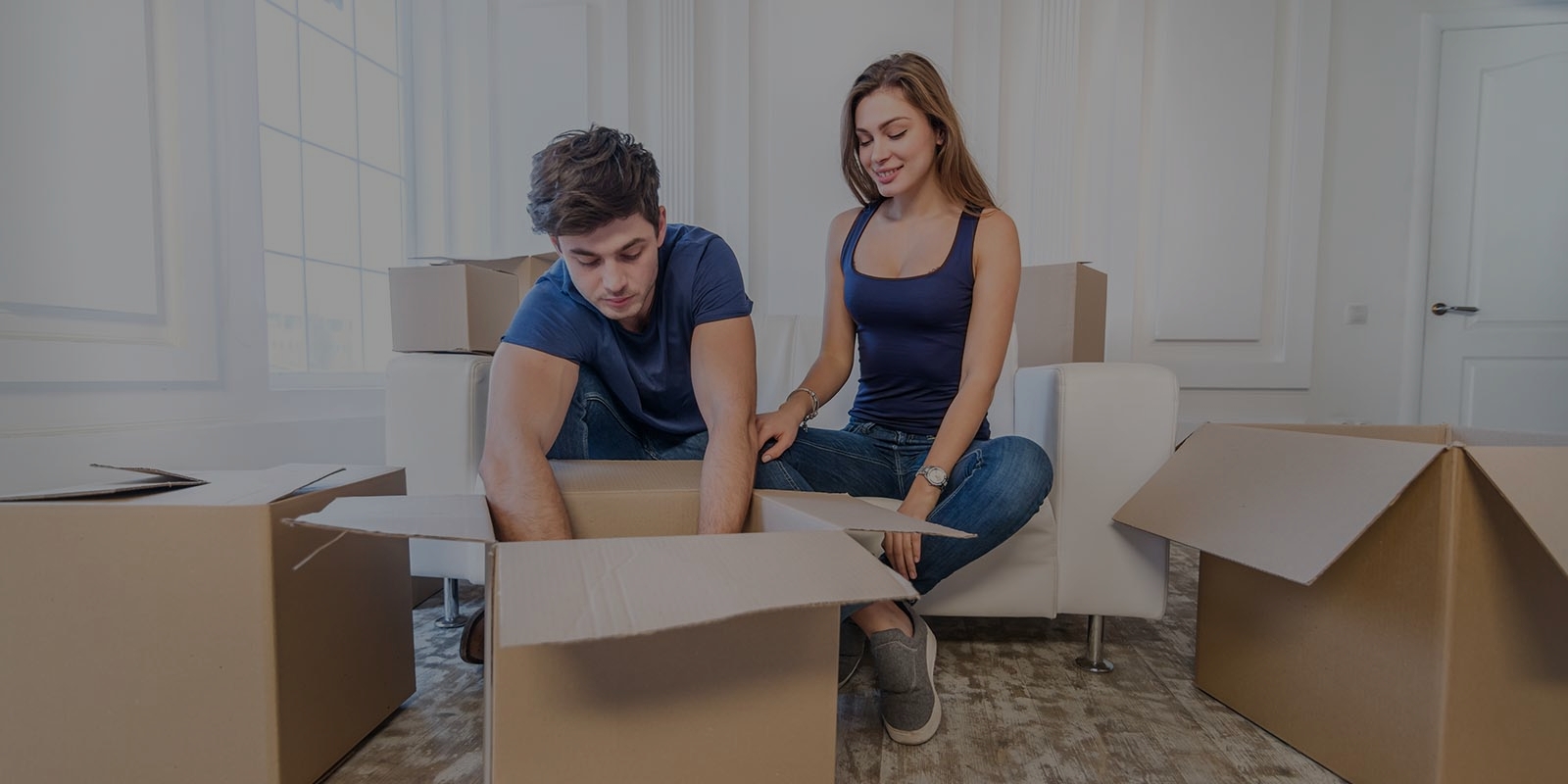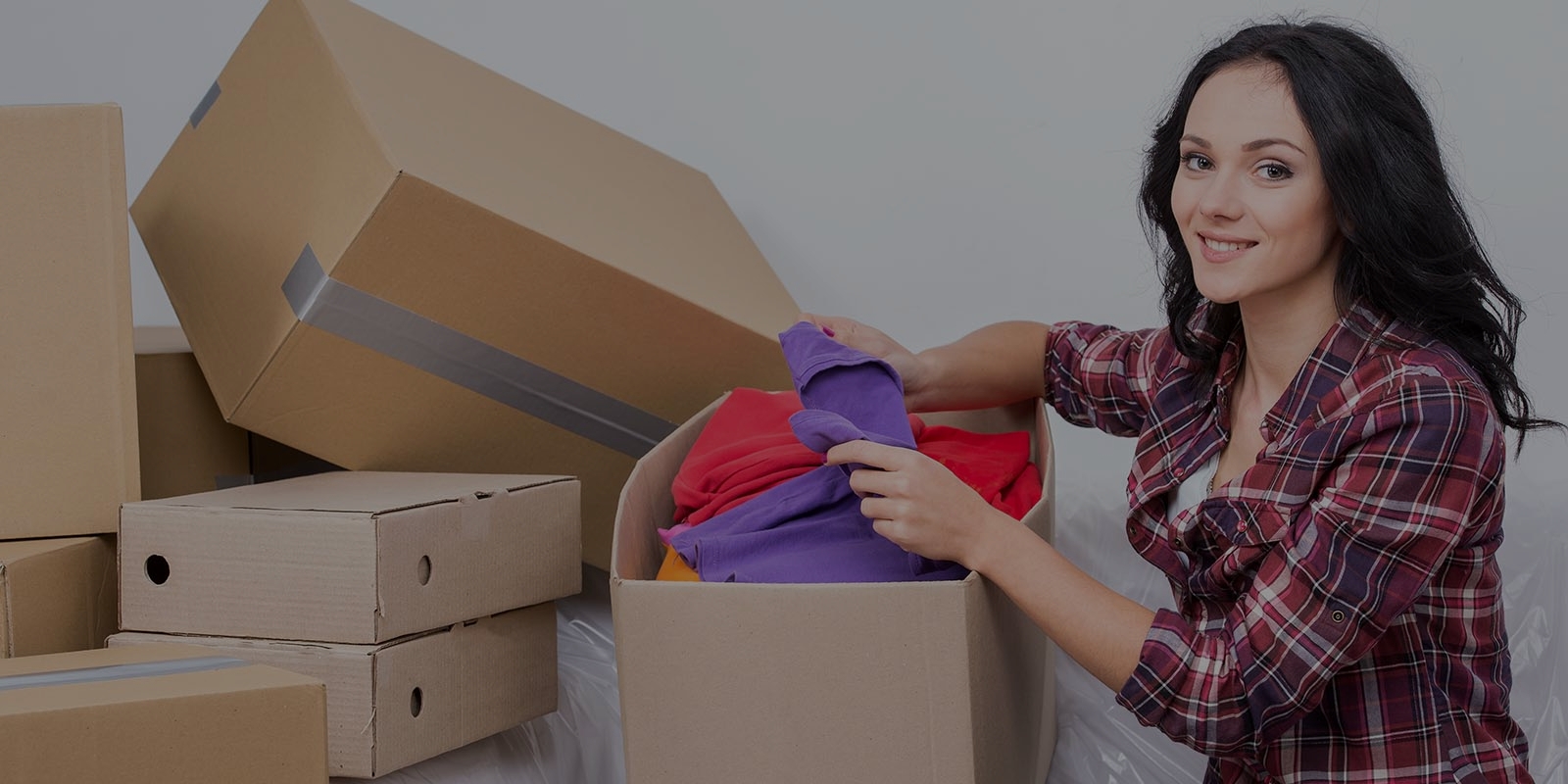Effortless Strategies for Moving Your Bed and Mattress
Posted on 24/06/2025
Relocating to a new home is both exciting and overwhelming, especially when it comes to handling bulky items like your bed and mattress. Whether you're upgrading, downsizing, or simply rearranging, moving these essential bedroom pieces safely and efficiently is crucial. In this comprehensive guide, you'll discover easy strategies for moving your mattress and bed that will save you time, effort, and backaches. Let's master the art of moving your bedding effortlessly!
Why Moving Your Bed and Mattress Properly Is Important
Your bed is the centerpiece of your bedroom, and your mattress supports your health and sleep quality. Improper handling during a move can lead to damage, so learning the right methods for moving a bed and mattress is essential. Here's why:
- Protects Your Investment: Beds and mattresses are expensive. Proper handling prevents tears, structural damage, and stains.
- Ensures Longevity: Keeping your mattress clean and uncompressed helps extend its lifespan.
- Reduces Injury: Beds and mattresses are heavy and awkward. Smart moving strategies reduce the risk of personal injuries.
- Saves Time and Stress: A clear relocation plan for your bed and mattress keeps the moving process smooth and stress-free.

Essential Supplies for Moving Your Bed and Mattress Easily
Before you start moving your bedding, make sure you have the right supplies. Having these items on hand makes the process more efficient and safe:
- Mattress bags or covers for cleanliness and protection.
- Furniture blankets or moving pads to shield headboards and frames.
- Ratchet straps or strong rope for securing items during transportation.
- Furniture dollies or hand trucks for easy transportation of heavy bed components.
- Tools such as wrenches and screwdrivers for bed disassembly and reassembly.
- Plastic bags or containers for screws and hardware. Label them clearly!
- Packing tape and markers for labeling parts and boxes.
Step-by-Step Approach: Moving Your Bed Frame the Easy Way
1. Strip the Bed and Prepare
- Remove all bedding, pillows, and decorative items.
- Wash and pack bedding separately in a labeled box or bag.
- Clear the surrounding area to create ample workspace.
2. Disassemble the Bed Frame
- Read the manufacturer's manual for proper disassembly instructions.
- Use the right tools for unscrewing bolts and removing slats.
- Place all screws, nuts, and small pieces in a sealed plastic bag, then tape it securely to the headboard or a slat.
- Keep similar parts together to prevent confusion during reassembly.
3. Protect Each Bed Part
- Wrap wooden or metal pieces in moving blankets or bubble wrap to avoid scratches and damage.
- Label each part. Use a marker to indicate headboard, footboard, side rails, and slats.
- Tightly roll and secure all padding to make transport easier.
4. Move Bed Components Safely
- Lift with your legs, not your back, to prevent strain.
- Use a dolly or slider for bulky, heavy parts.
- For narrow stairs or tight spaces, tilt parts at an angle to navigate corners with ease.
Effortless Mattress Moving Techniques
Should You Move Your Mattress or Replace It?
If your mattress is over 7-10 years old or excessively worn, moving is a great time to consider replacing it. However, if your mattress is in good condition, proper moving techniques will help preserve its comfort and hygiene.
Steps for Moving Your Mattress
- Clean and Air Out:
- Vacuum both sides to remove dust and allergens.
- Let the mattress air out in a ventilated room for a few hours if possible.
- Bag It Up:
- Place your mattress in a waterproof mattress bag or cover.
- Seal the bag tightly to protect against dirt and moisture.
- Pro Tip: Mattress bags are inexpensive and available for all sizes (twin, queen, king, etc.).
- Lift with Care:
- Get help from a friend or use lifting straps to minimize strain.
- Never bend or fold a traditional innerspring mattress--this can permanently damage it.
- Use a Dolly:
- Place the mattress on a furniture dolly for easy rolling through hallways and to the moving truck.
- For memory foam mattresses, keep them flat or loosely rolled for short distances only.
- Load into Vehicle Safely:
- Lay the mattress flat in the moving van to prevent distortion.
- Secure it with straps to avoid sliding and ensure a smooth ride.
Effortless Tips for DIY Bed and Mattress Moving
- Measure doorways and hallways beforehand to plan your route.
- Remove obstacles such as rugs, cords, or small furniture.
- Dress comfortably in non-slip shoes and fitted clothes for better movement.
- Use proper lifting techniques: keep your back straight and bend at the knees.
- Enlist a friend's help for awkward or heavy lifts--never move a bed or mattress completely alone.
- Don't rush--move slowly to avoid accidents and prevent damage to furniture or walls.
Hiring Professional Movers for Stress-Free Mattress and Bed Transport
If you're short on time, lack moving equipment, or simply prefer convenience, professional movers offer an effortless solution for moving your bed and mattress. Here's what to expect:
- Full Service: Movers can disassemble, pack, transport, and reassemble your bed and mattress.
- Specialized Equipment: Pros have padded blankets, rolling dollies, and furniture straps to keep your items safe.
- Insurance Coverage: Professional companies provide insurance against damage during moving.
- Expertise: Trained teams handle large, heavy, or oddly-shaped beds and mattresses with ease and experience.
If you value your time or have specialty bedding, investing in expert movers can be a game-changer!
Transporting Your Mattress: Car, Van, or Moving Truck?
Wondering about the best vehicle for easy mattress transportation? Here's a breakdown:
- Car: Most mattresses won't fit inside a standard car and tying them to the roof is risky and often illegal.
- Van/SUV: Larger vehicles can accommodate most mattresses if the back seats are folded flat. Use straps to secure.
- Moving Truck: The safest, most convenient option, especially for king or queen beds and if you're moving multiple household items.
Common Mistakes to Avoid When Moving a Bed and Mattress
- Dragging Instead of Lifting: Dragging damages both the mattress and flooring. Always lift or use sliders.
- Failing to Secure Mattress: An unstrapped mattress can fall or bend during transport, leading to damage.
- Neglecting Cleaning: Skipping vacuuming traps old dust and allergens. Clean before bagging!
- Poor Disassembly: Not organizing and labeling screws/parts can make reassembly a headache.
- Rushing: Haste leads to careless mistakes. Take your time for safety and best results.
Special Considerations for Different Bed and Mattress Types
Memory Foam and Latex Mattresses
- Heavier and more flexible than traditional mattresses.
- Avoid folding or compressing for long periods to prevent material breakdown.
- Always use double-thick mattress bags for enhanced protection.
Adjustable and Platform Beds
- Disassemble electronic or motorized bases carefully. Take photos for easier reassembly.
- Platform beds may have more pieces; organize and label meticulously.
Bunk Beds and Trundle Beds
- Separate all components, including ladders and rails.
- Secure hardware in labeled bags taped to the corresponding pieces.
Reassembling Your Bed and Mattress in Your New Home
- Clean the area where your bed will go. Vacuum or sweep the floor first.
- Check that you have all necessary parts and hardware before starting.
- Follow instructions or your labeled parts to reassemble the bed frame step by step.
- Install the mattress last, making sure it's flat, clean, and undamaged.
- Let the mattress air out for a few hours before making the bed to dissipate any moving odors.

FAQs About Effortless Bed and Mattress Moves
Can one person move a mattress alone?
It's possible for smaller mattresses (like twin or full), but it's always safer and easier with two people. Lifting straps and furniture dollies work wonders for solo moves, but never attempt moving a king- or queen-size alone.
How do you move a mattress up or down stairs?
Always enlist help. Hold the mattress from the ends (not the sides) and move slowly, keeping the weight balanced. Use a mattress harness or carrier if available.
How do I keep my mattress clean during a move?
Use a waterproof mattress bag or cover. Avoid placing the mattress directly on floors or dirty surfaces.
Conclusion: Move Your Bed and Mattress Stress-Free
Moving doesn't have to be a daunting task. With these simple moving strategies for beds and mattresses, you can safeguard your investment, minimize stress, and settle smoothly into your new space. Remember to use the proper tools and supplies, work smart not hard, and consider professional help for especially challenging moves. Follow these effortless solutions for moving your bedding, and you'll be resting easy in your new home in no time!
Ready for more moving tips? Explore our blog for additional moving hacks, packing advice, and home organization inspiration!





